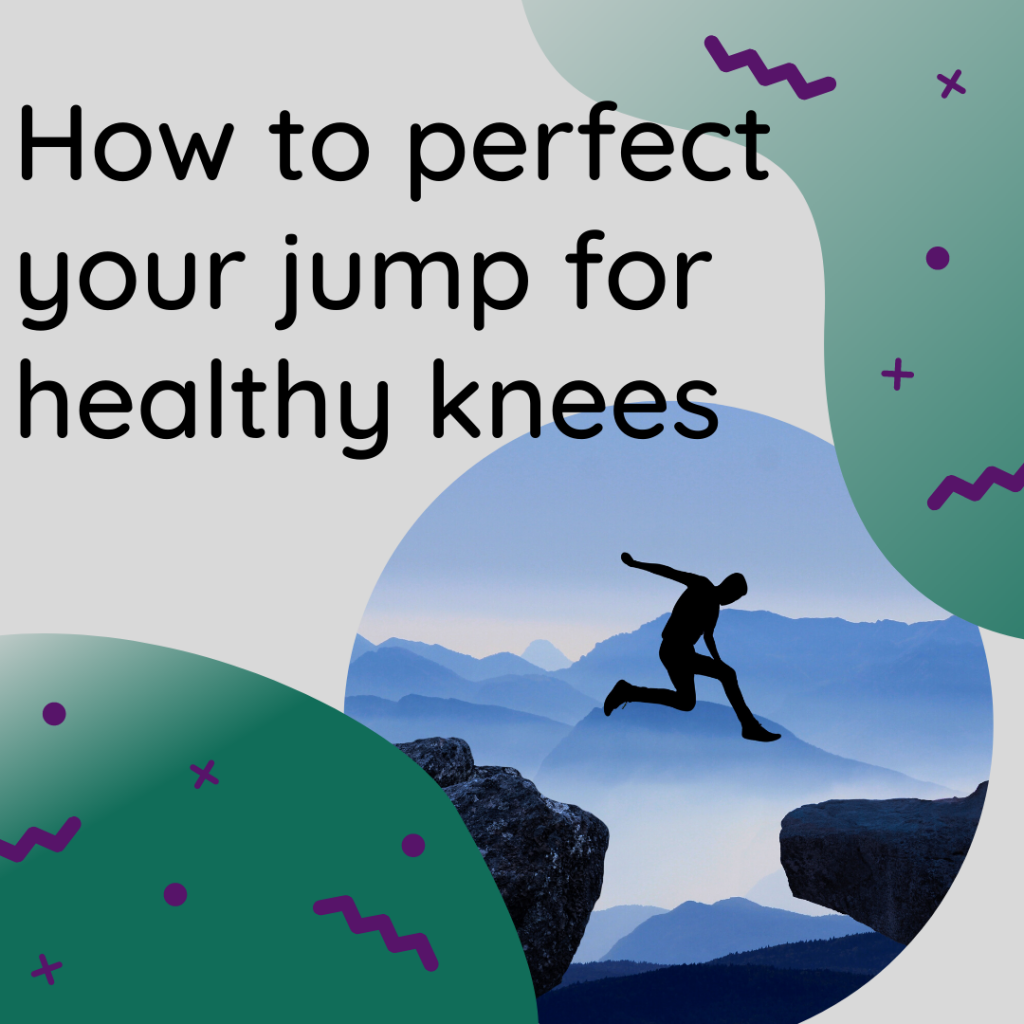Can’t run because of your knees? Can’t jump because of your knees? Or maybe you are just worried about the potential damage running and jumping can have on knees?
Then make sure you read this incredibly important blog as I’m going to show you how we successfully teach our patients how to safely jump, which is incredibly important for anyone who wants to run.
Knee pain is incredibly common for young and old. It really limits your mobility which can make it hard to get in and out of a chair, hard to use stairs and a challenge all round.
The problem is though, despite their best efforts, many patients try to get help but then that help just ends up hurting them more. Or the help they do get just doesn’t stand the test of time and the knee pain just keeps coming back again and again.
It doesn’t have to be like this.
Now let’s get into it.
There is usually 6 weeks of conditioning and coordination work that happens before we get patients jumping. This is super important as when you start doing fast movements like a jump it’s hard to concentrate on technique and getting the right muscles working.
So let’s talk about some of the key techniques we use when starting jumping.
Jumping technique 1:
Change the tempo of your squats
In essence jumping is just a squat that is performed so fast that you propel yourself up. A simple way to start working on this is doing squats with a slow lower and a fast rise. With the fast rise it’s super important that the concentration is on driving the hips forwards to get the momentum rather than just snapping the knees straight.
The other aspect of a jump is the landing and bad landings is the main reason most people get knee pain. The landing of a jump is the lowering part of the squat but it happens really fast. A great way to train this is a fast drop down into a squat and then a slow rise.
Jumping technique 2:
Horizontal jumps
In all my years of physiotherapy and the thousands of patients with knee pain we have helped there has only been a small handful of patients that could do a vertical jump better than a horizontal jump initially. Vertical jumping is just jumping up on the spot. Horizontal jumping is jumping forwards.
Horizontal jumping is great to ensure you get the idea of pushing forwards from your hips to rise from the squatted position rather than just straightening your knees. This technique helps to minimise the compression through your knee cap.
Jumping technique 3:
Drop the bottom when landing
Soft landings are the most important thing with jumping. Landing with stiff and straight knees increases your risk of ACL injury, meniscus injuries and arthritis.
How a soft landing is achieved is by ensuring as you land that you recoil into a squatted position as you land. The best cue I give my patients is to focus on dropping their bottom back and down as they land. It takes time to perfect this but is well worth the effort.
The big thing is… YOU NEED TO STRENGTHEN YOUR KNEE IN CHALLENGING SITUATIONS TO GET LASTING RESULTS. The average knee rehab often doesn’t achieve this. That is why you need to be seen by a skilled physiotherapist who knows how to do a great assessment and a great plan and has helped heaps of knees get better for good.
If you’d like to get these results too then click HERE to book online or give us a call on (07) 4999 9773 so we can get you back to doing what you want to do and what you love.

